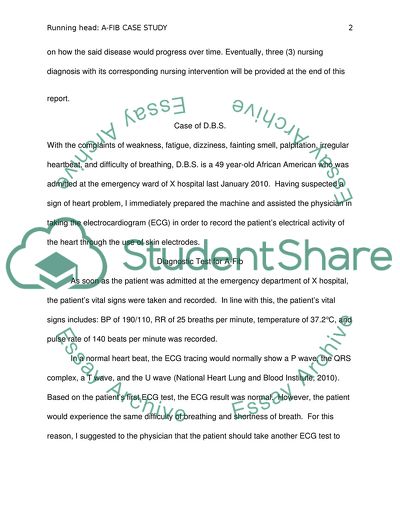Cite this document
(“Atrial Fibrillation Case Study Essay Example | Topics and Well Written Essays - 2500 words”, n.d.)
Retrieved from https://studentshare.org/health-sciences-medicine/1567612-afib-case-study-nursing-paper
Retrieved from https://studentshare.org/health-sciences-medicine/1567612-afib-case-study-nursing-paper
(Atrial Fibrillation Case Study Essay Example | Topics and Well Written Essays - 2500 Words)
https://studentshare.org/health-sciences-medicine/1567612-afib-case-study-nursing-paper.
https://studentshare.org/health-sciences-medicine/1567612-afib-case-study-nursing-paper.
“Atrial Fibrillation Case Study Essay Example | Topics and Well Written Essays - 2500 Words”, n.d. https://studentshare.org/health-sciences-medicine/1567612-afib-case-study-nursing-paper.


